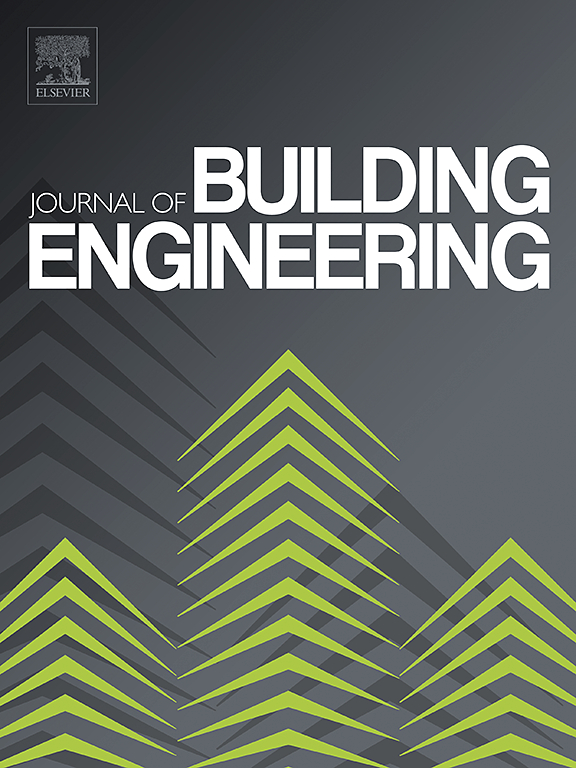"Long-term performance and phase characterization of Quaternary Blended Self-Compacting Concrete incorporating IFSS aggregates: A multidisciplinary investigation"
IF 6.7
2区 工程技术
Q1 CONSTRUCTION & BUILDING TECHNOLOGY
引用次数: 0
Abstract
This study investigates the long-term performance of Quaternary Blended Self-Compacting Concrete (QBSCC) incorporating Induction Furnace Steel Slag (IFSS) as coarse and fine aggregates. The research evaluates compressive strength, chloride ion penetration resistance, drying shrinkage, natural carbonation, and accelerated corrosion in concrete, alongside comprehensive characterization through X-ray Diffraction (XRD) and Thermogravimetric Analysis (TGA). Two batches of SCC were prepared: one with natural aggregate and another with IFSS aggregate. Each batch included nine mixes—one reference SCC mix and eight QBSCC mixes. Compressive strength was measured at 28, 56, and 365 days; chloride ion penetration resistance at 56 and 365 days; and drying shrinkage up to 540 days. Carbonation depth was observed at 540 days, and corrosion resistance was tested using the Impressed Voltage Test (IVT) after 56 days of curing. Results showed that SCC mixes with IFSS aggregates achieved higher compressive strength than those with natural aggregates at all ages. Some QBSCC mixes outperformed the reference SCC mix in strength at 56 and 365 days when the Ordinary Portland Cement (OPC) replacement level with supplementary cementitious materials (SCMs) was below 60 %. Regardless of aggregate type, QBSCC demonstrated good resistance to chloride ion penetration, while IFSS usage reduced drying shrinkage. However, mixes with SCM replacement levels over 50 % showed increased carbonation depth, indicating lower carbonation resistance. XRD and TGA analyses provided insights into the pozzolanic reactions in QBSCC at 28, 56, and 365 days, contributing to a deeper understanding of its hydration process.

求助全文
约1分钟内获得全文
求助全文
来源期刊

Journal of building engineering
Engineering-Civil and Structural Engineering
CiteScore
10.00
自引率
12.50%
发文量
1901
审稿时长
35 days
期刊介绍:
The Journal of Building Engineering is an interdisciplinary journal that covers all aspects of science and technology concerned with the whole life cycle of the built environment; from the design phase through to construction, operation, performance, maintenance and its deterioration.
 求助内容:
求助内容: 应助结果提醒方式:
应助结果提醒方式:


